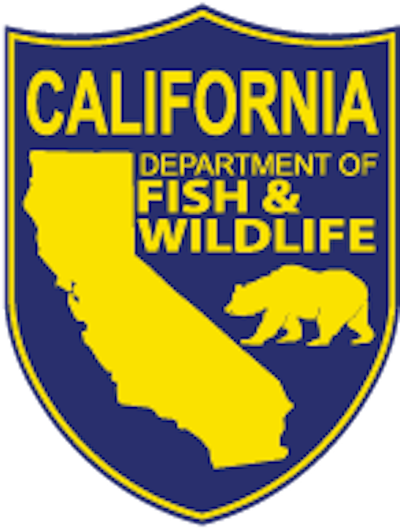Fish Plants Continue in Eastern Sierra Waters

by California Department of Fish & Wildlife
8-12-2020
Website
After a massive loss of fish at three hatchery facilities in the eastern Sierra and Southern California this summer, the California Department of Fish and Wildlife (CDFW) has implemented an updated stocking plan to continue putting trout into waters that are popular with anglers.
Waterways in CDFW’s South Coast Region and Inland Deserts Region are typically stocked with trout from Mojave River Hatchery, Black Rock Hatchery and Fish Springs Hatchery, but this year, fish at all three facilities were contaminated by a bacterial outbreak. On July 20, CDFW announced that extensive effort to treat the fish had been unsuccessful, and pathologists recommended euthanizing 3.2 million fish and decontaminating the facilities in order to stop the spread of Lactococcus garvieae, which is similar to streptococcus.
“Euthanization was not the outcome we hoped for, but after exhausting all treatments, it was apparent that clearing the raceways, sterilizing the facilities and starting over was the only option,” said Jay Rowan, CDFW’s Statewide Hatchery Program Manager.
Anglers were understandably concerned about reduced fishing opportunity for the remainder of 2020 and into 2021, and CDFW Hatchery Program staff immediately began to construct a “Plan B” to ensure that planting could continue in some capacity.
CDFW’s multiphase stocking plan calls for the reallocation of fish from lower priority waters in other parts of the state to the highest use waters in areas normally planted by the depopulated hatcheries this time of year. During “phase one” (which began the last week of July and will run through mid-October), 16 water bodies in the Inland Desert and South Coast regions will be stocked with fish from the Moccasin Creek and San Joaquin hatcheries. During “phase two” (which runs from the second half of October through early spring), additional waters in Southern California will be stocked by Fillmore Hatchery. Phase two is dependent on water temperatures cooling enough to plant. During “phase 3” (spring and summer 2021), CDFW will address stocking for the trout openers and summer angling opportunities.
CDFW is still finalizing the list of waters, as well as fish numbers, that will be stocked in phases 2 and 3.
“The loss of 3.2 million fish is staggering, but we absolutely recognize the importance of these fisheries, and we are doing everything we can to minimize the impact of this loss to anglers and the communities that depend on them, while balancing the needs of the rest of the state,” Rowan explained.
In addition to the reallocation plans, Hot Creek Hatchery near the town of Mammoth was not affected by the bacterial outbreak and has continued with its scheduled plants in the eastern Sierra.
Meanwhile, the three affected facilities – Mojave River Hatchery, Black Rock Hatchery and Fish Springs Hatchery – are undergoing extensive cleaning. All surfaces that have come in contact with fish or water on the hatchery grounds are being pressure washed, allowed to dry in the summer sun and then decontaminated with a hydrogen peroxide solution that breaks down the biofilm the bacteria uses to survive on surfaces. Another drying period follows. After decontamination is complete, all new fish and eggs brought into the hatcheries will have to be vaccinated to prevent a recurrence of the bacterial outbreak.
The current goal is for the three hatcheries to be back to full capacity by the fall or winter of 2021.
For real-time updates, California anglers can refer to CDFW’s Fish Planting Schedule. This schedule is updated directly by CDFW hatchery staff. Although it contains current information, all fish plants are subject to change depending on road, water, weather and operational conditions.
Trout fishing can be a safe outdoor activity that maintains physical distancing from others as we work to minimize transmission of COVID-19. Anglers must make sure to stay six feet from anyone not in their same household, wear a face mask, wash hands with soap and water whenever possible, follow all fishing regulations and stay safe.
More Reports

8-7-2020
The California Department of Fish and Wildlife (CDFW) announces the recreational Pacific halibut fishery will close Tuesday, Aug. 11 at...... Read More

7-20-2020
Three California Department of Fish and Wildlife (CDFW) fish hatchery facilities in the eastern Sierra and Southern California have been...... Read More
